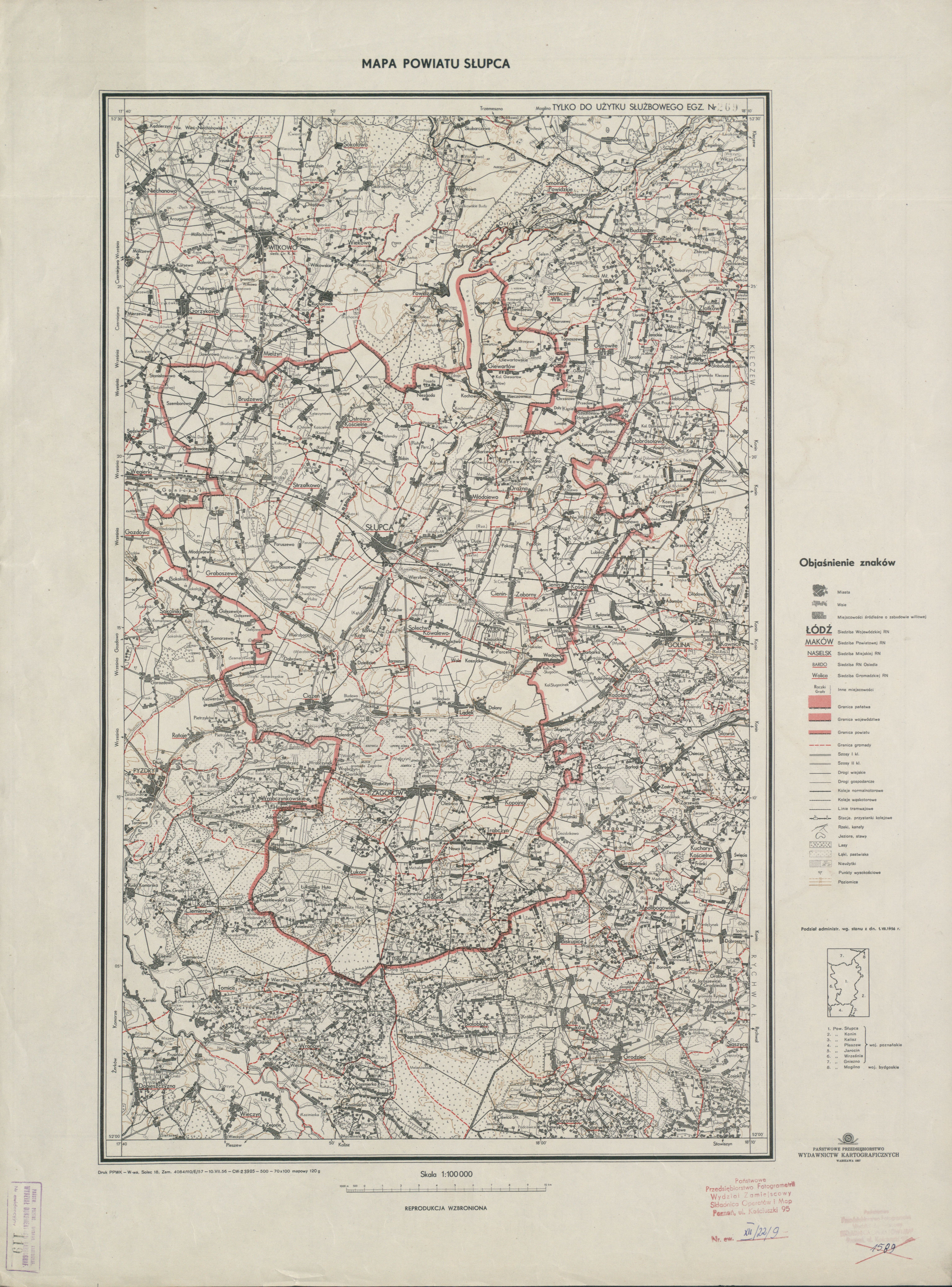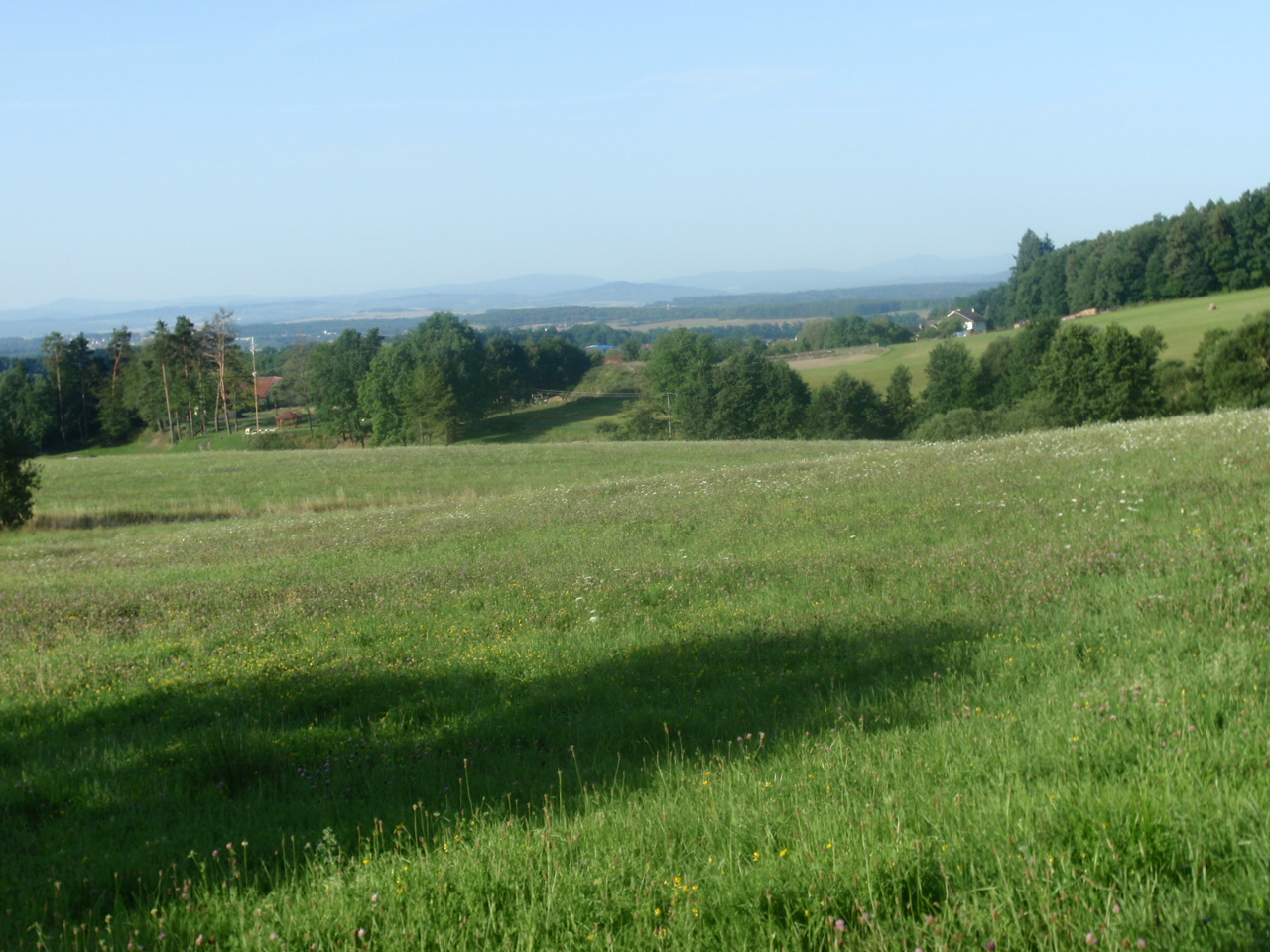|
Powidz Landscape Park
Powidz Landscape Park (''Powidzki Park Krajobrazowy'') is a protected area ( Landscape Park) in west-central Poland, established in 1998, covering an area of . The Park lies within Greater Poland Voivodeship, in Słupca County (Gmina Słupca). It takes its name from the village of Powidz. Fauna There are 196 species of birds and 34 mammals in the park. The species composition of amphibians (12) and reptiles (5) does not differ much from the surrounding areas. There are 22 species of fish in the park's lakes. The heraldic animal of the Park is the otter, which, due to the numerous lakes with a varied shoreline, good water quality and large fish populations, is relatively numerous (although no detailed quantitative data are available). In the valleys of the watercourses flowing through the Park, traces of the presence of beavers can be observed. The American mink is an alien, invasive mammal species found in the Park and probably exerting a significant negative impact on the popul ... [...More Info...] [...Related Items...] OR: [Wikipedia] [Google] [Baidu] |
Greater Poland Voivodeship
Greater Poland Voivodeship ( pl, Województwo wielkopolskie; ), also known as Wielkopolska Voivodeship, Wielkopolska Province, or Greater Poland Province, is a voivodeship, or province A province is almost always an administrative division within a country or state. The term derives from the ancient Roman ''provincia'', which was the major territorial and administrative unit of the Roman Empire's territorial possessions outsi ..., in west-central Poland. It was created on 1 January 1999 out of the former Poznań Voivodeship, Poznań, Kalisz Voivodeship (1975–1998), Kalisz, Konin Voivodeship, Konin, Piła Voivodeship, Piła and Leszno Voivodeship, Leszno Voivodeships, pursuant to the Polish local government reforms adopted in 1998. The province is named after the region called Greater Poland or ''Wielkopolska'' . The modern province includes most of this historic region, except for some western parts. Greater Poland Voivodeship is second in area and third in population amo ... [...More Info...] [...Related Items...] OR: [Wikipedia] [Google] [Baidu] |
Protected Area
Protected areas or conservation areas are locations which receive protection because of their recognized natural, ecological or cultural values. There are several kinds of protected areas, which vary by level of protection depending on the enabling laws of each country or the regulations of the international organizations involved. Generally speaking though, protected areas are understood to be those in which human presence or at least the exploitation of natural resources (e.g. firewood, non-timber forest products, water, ...) is limited. The term "protected area" also includes marine protected areas, the boundaries of which will include some area of ocean, and transboundary protected areas that overlap multiple countries which remove the borders inside the area for conservation and economic purposes. There are over 161,000 protected areas in the world (as of October 2010) with more added daily, representing between 10 and 15 percent of the world's land surface area. As of ... [...More Info...] [...Related Items...] OR: [Wikipedia] [Google] [Baidu] |
Poland
Poland, officially the Republic of Poland, , is a country in Central Europe. Poland is divided into Voivodeships of Poland, sixteen voivodeships and is the fifth most populous member state of the European Union (EU), with over 38 million people, and the List of European countries by area, seventh largest EU country, covering a combined area of . It extends from the Baltic Sea in the north to the Sudetes and Carpathian Mountains in the south, bordering seven countries. The territory is characterised by a varied landscape, diverse ecosystems, and Temperate climate, temperate transitional climate. The capital and List of cities and towns in Poland, largest city is Warsaw; other major cities include Kraków, Wrocław, Łódź, Poznań, and Gdańsk. Prehistory and protohistory of Poland, Humans have been present on Polish soil since the Lower Paleolithic, with continuous settlement since the end of the Last Glacial Period over 12,000 years ago. Culturally diverse throughout ... [...More Info...] [...Related Items...] OR: [Wikipedia] [Google] [Baidu] |
Słupca County
__NOTOC__ Słupca County ( pl, powiat słupecki) is a unit of territorial administration and local government (powiat) in Greater Poland Voivodeship, west-central Poland. It came into being on January 1, 1999, as a result of the Polish local government reforms passed in 1998. Its administrative seat and largest town is Słupca, which lies east of the regional capital Poznań. The only other town in the county is Zagórów, lying south of Słupca. The county covers an area of . As of 2006 its total population is 58,725, out of which the population of Słupca is 14,363, that of Zagórów is 2,932, and the rural population is 41,430. Neighbouring counties Słupca County is bordered by Mogilno County to the north, Konin County to the east, Pleszew County to the south, Września County to the west and Gniezno County __NOTOC__ Gniezno County ( pl, powiat gnieźnieński) is a unit of territorial administration and local government (powiat) in Greater Poland Voivodeship, west-cent ... [...More Info...] [...Related Items...] OR: [Wikipedia] [Google] [Baidu] |
Gmina Słupca
__NOTOC__ Gmina Słupca is a rural gmina (administrative district) in Słupca County, Greater Poland Voivodeship, in west-central Poland. Its seat is the town of Słupca, although the town is not part of the territory of the gmina. The gmina covers an area of , and as of 2006 its total population is 8,974. The gmina contains part of the protected area called Powidz Landscape Park. Villages Gmina Słupca contains the villages and settlements of Benignowo, Bielawy, Borki, Cienin Kościelny, Cienin Zaborny, Cienin Zaborny-Parcele, Cienin-Kolonia, Cienin-Perze, Czerwonka, Czesławowo, Drążna, Gółkowo, Grobla, Grzybków, Jaworowo, Józefowo, Kamień, Kąty, Kluczewnica, Kochowo, Korwin, Koszuty, Koszuty Małe, Koszuty-Parcele, Kotunia, Kowalewo Opactwo-Parcele, Kowalewo Opactwo-Wieś, Kowalewo-Góry, Kowalewo-Opactwo, Kowalewo-Sołectwo, Kunowo, Marcewek, Marcewo, Meszna, Michałowo, Młodojewo, Młodojewo-Parcele, Niezgoda, Nowa Wieś, Pępocin, Piotrowice, ... [...More Info...] [...Related Items...] OR: [Wikipedia] [Google] [Baidu] |
Powidz, Greater Poland Voivodeship
Powidz (pronounced ) is a village in Słupca County, Greater Poland Voivodeship, in west-central Poland. It is the seat of the gmina (administrative district) called Gmina Powidz. It lies approximately north of Słupca and east of the regional capital Poznań. Powidz gives its name to the protected area called Powidz Landscape Park. From the summer of 2019, Powidz’ nearby 33rd Air Base will be the site of a depot and storage site for US Army combat vehicles in Poland. It will be mostly funded by NATO’s Security Investment Program, and cost around US$210m, with the USA’s component capped at around 20-25%. The US Army Corps of Engineers has made an industry solicitation in 2018 requesting tree-cutting services for around the base. Two US investments could be sacrificed to pay for President Trump’s border wall with Mexico: A bulk fuel storage facility at US$21m, and a “rail extension and railhead” project budgeted at US$14m. [...More Info...] [...Related Items...] OR: [Wikipedia] [Google] [Baidu] |
Landscape Parks In Poland
A landscape is the visible features of an area of land, its landforms, and how they integrate with natural or man-made features, often considered in terms of their aesthetic appeal.''New Oxford American Dictionary''. A landscape includes the physical elements of geophysically defined landforms such as (ice-capped) mountains, hills, water bodies such as rivers, lakes, ponds and the sea, living elements of land cover including indigenous vegetation, human elements including different forms of land use, buildings, and structures, and transitory elements such as lighting and weather conditions. Combining both their physical origins and the cultural overlay of human presence, often created over millennia, landscapes reflect a living synthesis of people and place that is vital to local and national identity. The character of a landscape helps define the self-image of the people who inhabit it and a sense of place that differentiates one region from other regions. It is the dynam ... [...More Info...] [...Related Items...] OR: [Wikipedia] [Google] [Baidu] |


